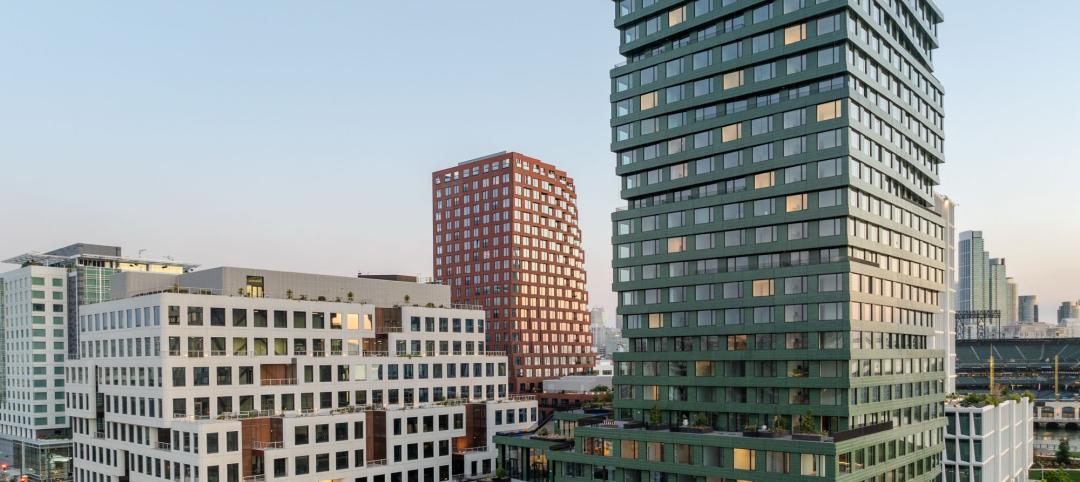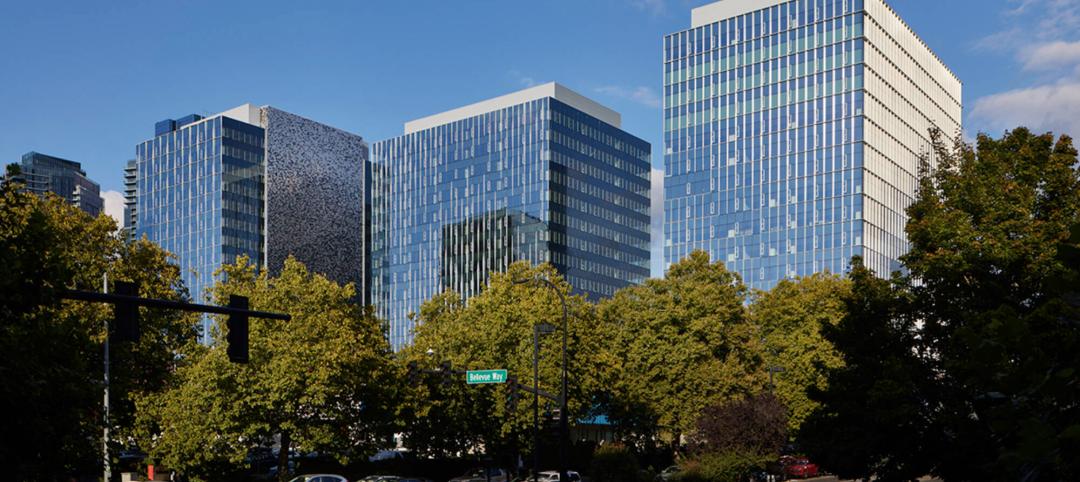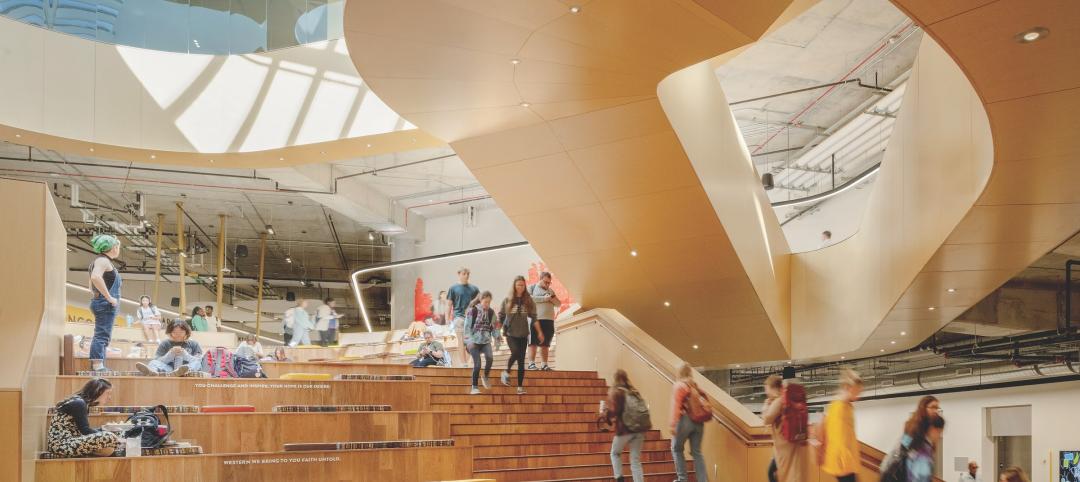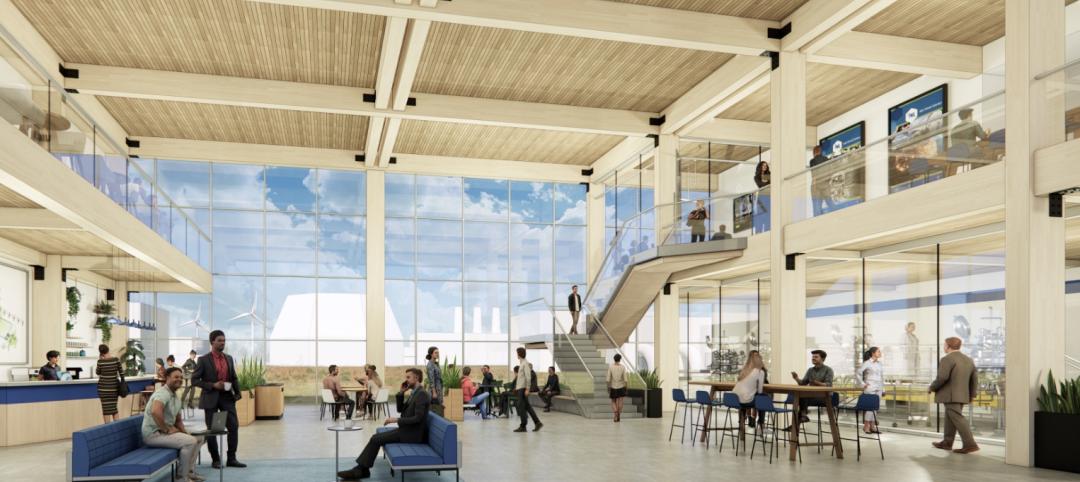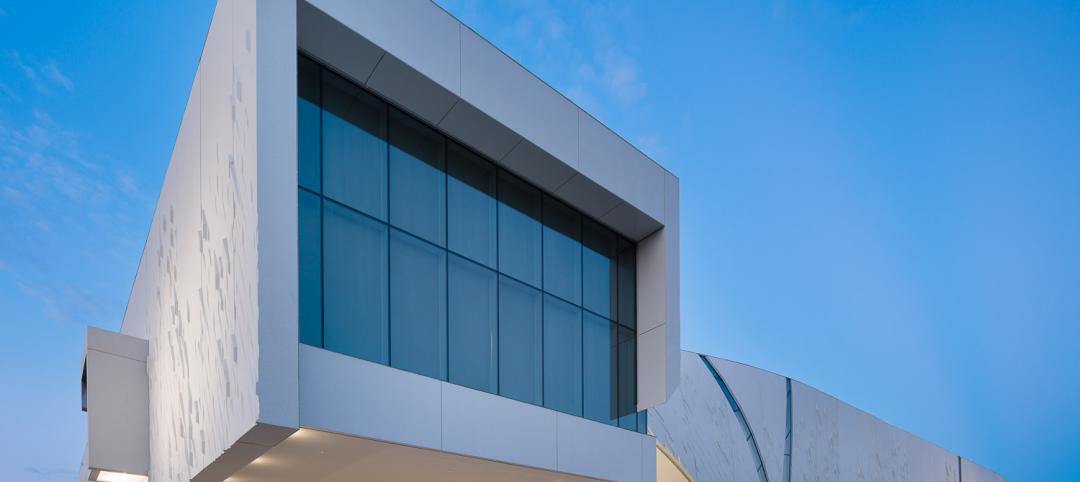Page and EYP announced that they have successfully closed a transaction that integrates the two design firms. Guided by similar values and culture, they will expand their services and geographic reach, working seamlessly across offices and disciplines. Together as one firm they will combine exceptional design rooted in architectural, engineering and consulting capabilities to make lives better.
“Bringing together our two firms allows us to work on increasingly complex projects that benefit from our expertise across disciplines and market sectors,” stated Thomas McCarthy, Page Chief Executive Officer. “Together, we’re bringing the most compelling, innovative designs and expertise to each project we pursue regardless of scope or location, and we’ll be able to invest in research and thought leadership to co-create with our clients.”
With a diverse, international portfolio—encompassing the academic; aviation; civic, community and culture; corporate and commercial; government; healthcare; housing and hospitality; industrial; life sciences; and science and technology sectors—the integrated firm of designers, architects and engineers will deliver high-performance designs that help clients measure, reduce, and offset carbon emissions. In addition, the firm will continue to promote equity and wellness with teams versed in practices like universal design, Design for Freedom, Well, Fitwel, and other strategies contributing to diversity and inclusion.
“Page and EYP both create designs that enhance people’s lives and communities,” stated Kef Mason, who served as interim chief executive officer at EYP, and has agreed to stay on with Page. “Combining our expertise is a winning formula for our clients and our employees. It offers us the ability to provide growth, mentorship, and training for our employees that translates to cutting-edge design in our projects. This agreement supports the natural growth trajectories and strategic vision for both firms by unifying our efforts to benefit our clients and staff.”
A spokesperson for Page says that EYP will operate as Page, but that the company is also exploring branding options that capitalize on the strengths of both firms.
In an unanimous decision by Page’s Board, Page submitted a successful bid for EYP’s assets on June 22. The combined firm will have more than 1,300 employees across the U.S., Latin America, and the Middle East.
BOTH FIRMS STRONG IN HEALTHCARE SECTOR

In April, EYP, with $149 million in liabilities, sought Chapter 11 bankruptcy protection from its creditors. The Albany, N.Y.-based firm reportedly had a $67.7 million “stalking horse” bid for its assets from the private equity firm Ault Alliance, according to Reuters and the Albany Times Union.
Last year, EYP, which was founded in 1972, generated $126.5 million in revenue, nearly $67 million of which came from healthcare design projects according to information provided by EYP for BD+C's annual GIANTS ranking. In 2021, EYP launched a sustainable landscape design practice, and opened an office in Orlando, Fla., its 11th.
Page, based in Houston, generated a total of $226.9 million in revenue in 2021, with $61.2 million coming from hospital design projects, and another $42.2 million from core-and-shell office building design. Over the past five years, Page has been working toward a goal of “Page/One,” with systems, processes, and procedures that allow the firm to deliver integrated designs that leverage firmwide capabilities. (Nearly $80 million of Page's revenue last year came from engineering services it provided.)
[Editor's note: Information about EYP's bankruptcy filing and the two firms' revenues was added after this story was posted.]
Related Stories
AEC Tech Innovation | Oct 8, 2024
New ABC technology report examines how AI can enhance efficiency, innovation
The latest annual technology report from Associated Builders and Contractors delves into how artificial intelligence can enhance efficiency and innovation in the construction sector. The report includes a resource guide, a case study, insight papers, and an essay concerning applied uses for AI planning, development, and execution.
Healthcare Facilities | Oct 8, 2024
Herzog & de Meuron completes Switzerland’s largest children’s hospital
The new University Children’s Hospital Zurich features 114 rooftop patient rooms designed like wooden cottages with their own roofs. The project also includes a research and teaching facility.
Mixed-Use | Oct 7, 2024
New mixed-use tower by Studio Gang completes first phase of San Francisco waterfront redevelopment
Construction was recently completed on Verde, a new mixed-use tower along the San Francisco waterfront, marking the end of the first phase of the Mission Rock development. Verde is the fourth and final building of phase one of the 28-acre project that will be constructed in several phases guided by design principles developed by a design cohort led by Studio Gang.
Brick and Masonry | Oct 7, 2024
A journey through masonry reclad litigation
This blog post by Walter P Moore's Mallory Buckley, RRO, PE, BECxP + CxA+BE, and Bob Hancock, MBA, JD, of Munsch Hardt Kopf & Harr PC, explains the importance of documentation, correspondence between parties, and supporting the claims for a Plaintiff-party, while facilitating continuous use of the facility, on construction litigation projects.
Glass and Glazing | Oct 7, 2024
Pattern language: An exploration of digital printing on architectural glazing
Architectural Glazing has long been an important expressive tool which, when selected and detailed thoughtfully, can contribute to the successful transformation of architectural concepts to reality.
University Buildings | Oct 4, 2024
Renovations are raising higher education campuses to modern standards
AEC higher ed Giants report working on a variety of building types, from performing arts centers and libraries to business schools. Hybrid learning is seemingly here to stay. And where possible, these projects address wellness and mental health concerns.
AEC Tech | Oct 3, 2024
4 ways AI impacts building design beyond dramatic imagery
Kristen Forward, Design Technology Futures Leader, NBBJ, shows four ways the firm is using AI to generate value for its clients.
Laboratories | Oct 2, 2024
Trends in scientific research environments: Q&A with Flad's Matt McCord
As part of an ongoing series, Matt McCord, AIA, NCARB, LEED AP BD+C, Associate Principal with Flad Architects, discusses the future of the scientific workplace.
Museums | Oct 1, 2024
UT Dallas opens Morphosis-designed Crow Museum of Asian Art
In Richardson, Tex., the University of Texas at Dallas has opened a second location for the Crow Museum of Asian Art—the first of multiple buildings that will be part of a 12-acre cultural district. When completed, the arts and performance complex, called the Edith and Peter O’Donnell Jr. Athenaeum, will include two museums, a performance hall and music building, a grand plaza, and a dedicated parking structure on the Richardson campus.
Data Centers | Oct 1, 2024
10 biggest impacts to the data center market in 2024–2025
While AI sends the data center market into the stratosphere, the sector’s accelerated growth remains impacted by speed-to-market demands, supply chain issues, and design innovation necessities.





